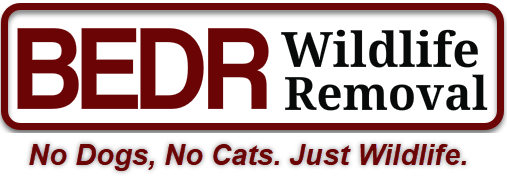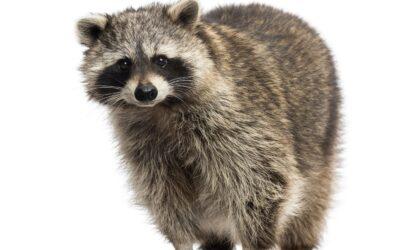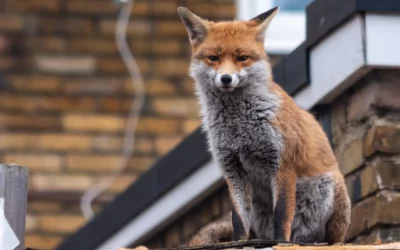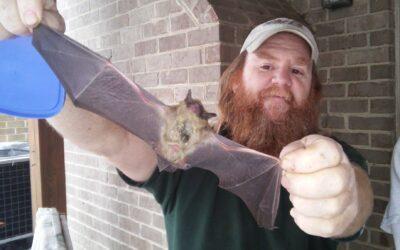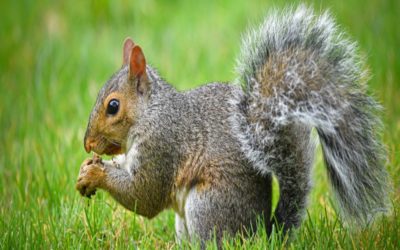Updated: July 26, 2024
Wildlife Removal Strategies for Homeowners
As homeowners, we cherish the comfort and security of our living spaces. However, our cozy abodes can sometimes attract unwelcome visitors through wildlife pests. These creatures can cause damage to our property and pose potential health risks to our families. In this blog post, we’ll explore ten common wildlife pests found in homes and effective strategies for their safe removal and prevention. Engaging professional wildlife removal companies for expert assistance in dealing with these creatures is crucial.
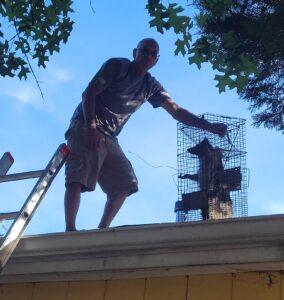 Raccoons (Procyon lotor)
Raccoons (Procyon lotor)
- Raccoons are adept climbers and can find their way into attics and chimneys.
- Effective Removal Strategy: Professional wildlife removal companies use humane traps and exclusion techniques to relocate raccoons to their natural habitats safely.
- Learn more about Raccoons – Link
Squirrels (Sciurus spp.)
- Squirrels can chew through wooden structures and wires, causing costly damage.
- Effective Removal Strategy: Wildlife experts seal entry points, preventing squirrels from re-entering while providing alternatives like squirrel houses in yards.
- Learn more about Squirrels – Link
Skunks (Mephitis mephitis)
- Skunks are notorious for their foul-smelling spray, which can linger in and around homes.
- Effective Removal Strategy: Trained professionals use one-way doors to allow skunks to exit but not re-enter, ensuring a safe and odor-free removal process.
- Learn more about Skunks – Link
Opossums (Didelphis spp.)
- Opossums are opportunistic creatures that may take shelter in attics and crawl spaces.
- Effective Removal Strategy: Wildlife experts employ live traps to capture and release opossums into the wild.
- Learn more about Opossums – Link
Mice (Mus musculus) and Rats (Rattus spp.):
- Mice and rats are common rodents that can carry diseases and contaminate food.
- Effective Removal Strategy: Professional wildlife removal companies set up bait stations and traps to eliminate mice and rats safely.
- Learn more about Mice – Link
- Learn more about Rats – Link
 Bats (Order: Chiroptera):
Bats (Order: Chiroptera):
- Bats can roost in attics, leading to guano accumulation and potential health risks.
- Effective Removal Strategy: Professional wildlife removal companies use exclusion devices to allow bats to exit but not re-enter, followed by sealing entry points.
- Learn more about Bats – Link
Birds (Various Species):
- Birds may build nests in vents and roofs, causing blockages and potential hazards.
- Effective Removal Strategy: Wildlife experts remove nests and seal access points while suggesting humane alternatives like birdhouses.
- Learn more about Birds – Link
Snakes (Various Species):
- Snakes may enter homes searching for food and shelter, causing fear among homeowners.
- Effective Removal Strategy: Licensed wildlife removal companies use snake traps or barriers to prevent further entry.
- Learn more about Snakes – Link
Rabbits (Various Species):
- Rabbits can damage gardens and landscaping by feeding on plants.
- Effective Removal Strategy: Professional wildlife removal services create fences and barriers to deter rabbits from accessing gardens.
- Learn more about Rabbits – Link
Groundhogs (Marmota monax):
- Groundhogs can dig burrows in lawns and gardens, posing a threat to the landscape.
- Effective Removal Strategy: Wildlife experts trap and relocate groundhogs to protect your property.
- Learn more about Groundhogs – Link
Government References:
- United States Department of Agriculture (USDA): Wildlife Damage Management – Link
The Importance of Professional Wildlife Removal Services
While some homeowners may want to attempt DIY wildlife removal, engaging professional wildlife removal companies is crucial for several reasons.
Expertise and Experience
Wildlife removal experts possess specialized knowledge and experience dealing with various wildlife pests. They understand the behavior of these creatures, enabling them to develop effective and humane removal strategies tailored to each situation.
Safe Removal Practices
Wildlife removal professionals use specialized equipment and techniques to ensure wildlife pests’ safe and ethical removal. Their methods minimize harm to the animals and protect homeowners from potential risks.
Legal Compliance
Wildlife removal is subject to local laws and regulations. Professional companies are well-versed in these regulations, ensuring the removal process fully complies with legal requirements.
Protecting Your Home
By engaging professional services, homeowners safeguard their property from further damage caused by wildlife infestations. Expert removal prevents hazards such as chewed wires, structural damage, and disease transmission.
In conclusion, awareness of common wild pests that may intrude into our homes is essential for timely and effective action. However, it’s imperative to remember that dealing with wildlife requires specialized expertise and safe removal practices. Engaging professional wildlife removal services ensures humane and responsible removal while protecting our homes and families from potential harm. If you encounter any wildlife pests in your home, don’t hesitate to seek the assistance of licensed and insured wildlife removal experts. Your home’s safety and the well-being of wildlife depend on it.
Chimney Invaders: A Comprehensive Guide to Safely Remove Raccoons
Chimney Invaders: A Comprehensive Guide to Safely Remove Raccoons The cozy ambiance of a crackling fire can turn into a nightmare when you discover unexpected occupants in your chimney, like raccoons. These agile creatures can cause damage, create noise, and even pose...
Cost of Expert Wildlife Removal Services in Fairfax, Arlington, and Alexandria
Fair and Transparent Pricing for Wildlife Removal At BEDR Wildlife Removal, we understand that transparent and fair pricing is essential. Each wildlife removal job is unique, so we provide pricing estimates over the phone. Here's how it works: How to Get a Price...
Remove Bats in Walls
Removing Bats in Walls Discovering bats roosting within your walls can be quite a surprise. But fear not, for we've crafted a comprehensive guide to assist you in removing bats from walls. A humane approach will allow you to address this challenge and ensure a...
Bat Removal Services for Homeowners
Nobody wants to discover bats in their home. Bats are important to the ecosystem. They control insect populations. Bats roosting near your home is beneficial. Bats in your attic pose risks. Homeowners should rely on experts for bat removal. Bat Removal Services in...
How to Get Rid of Squirrels In Attic Updated for 2023
Practical Strategies to Remove Squirrels from Your Attic Discovering squirrels in your attic can be a frustrating situation. These agile and persistent creatures can cause damage to your property. They also pose potential health risks. This post will explore proven...
How to Prevent Squirrels in Ventilation Updated for 2023
Vents Are A Perfect Way for Squirrels to Enter Your Attic Having squirrels in your ventilation can be a severe problem. These tiny rodents are not only destructive to your property, but they can also pose a health hazard. They may carry diseases and can cause fire...
